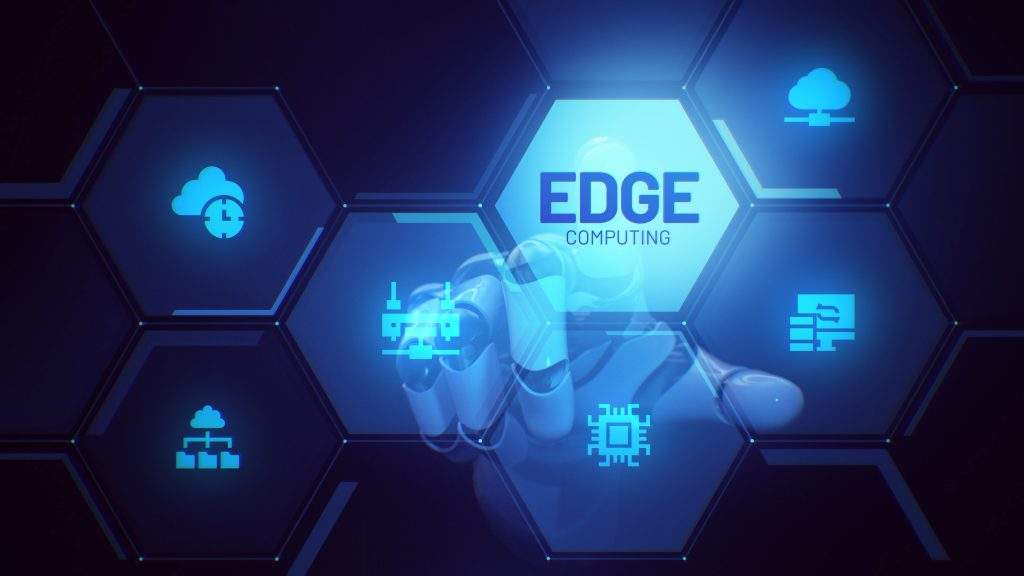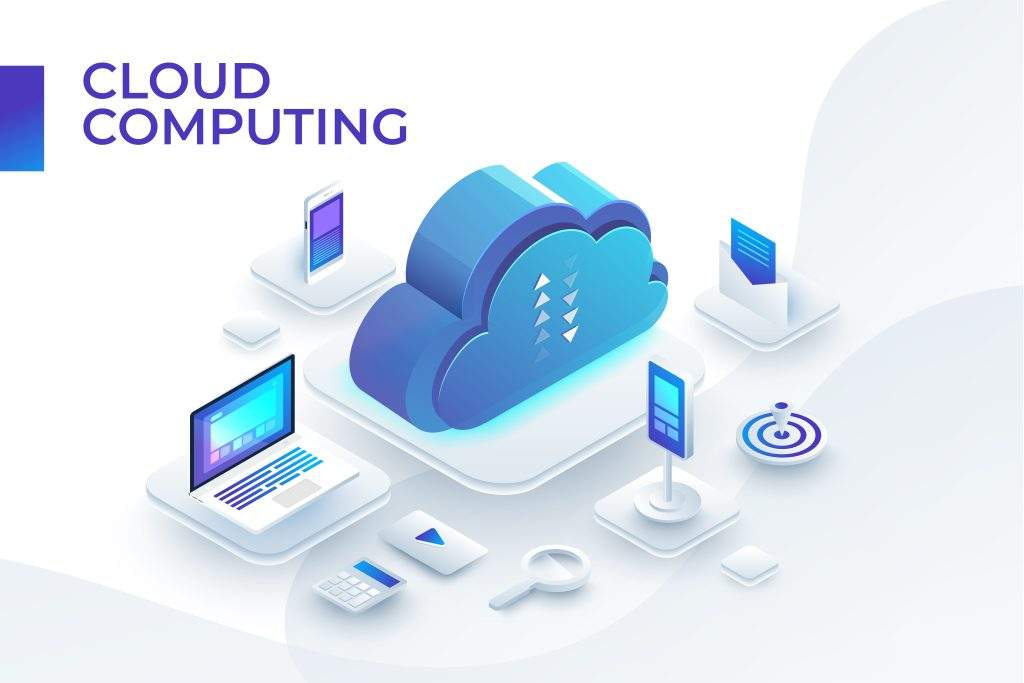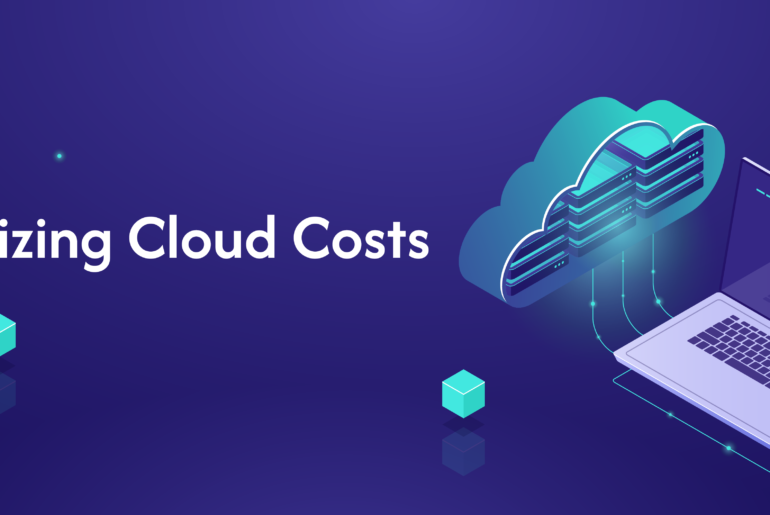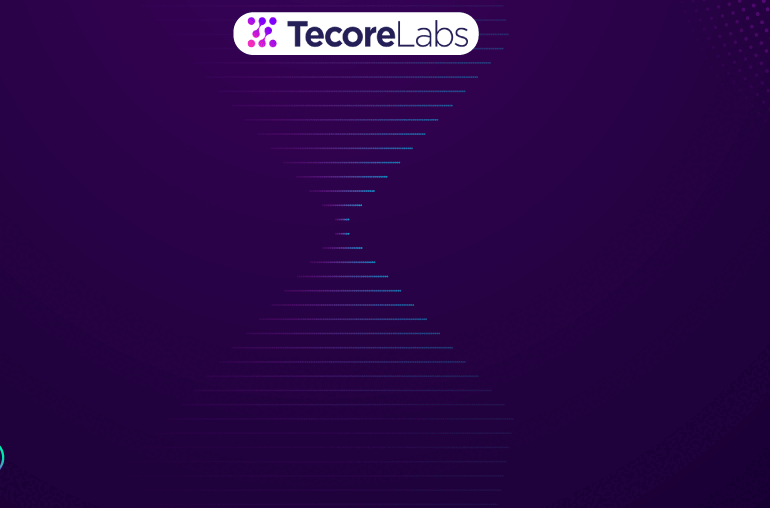In the rapidly evolving digital landscape, data is generated at an unprecedented pace. As a result, businesses face a critical challenge: how to effectively process and store data. This challenge has given rise to two groundbreaking technologies. These technologies have revolutionized the way we handle data: edge computing and cloud computing. According to the Gartner analysis, approximately 10% of enterprise-generated data is created and handled outside of a traditional centralized data center or cloud. However, Gartner expects that this figure will skyrocket to an astonishing 75% by 2025. This exponential growth highlights that organizations must understand the difference between Edge computing vs cloud computing to optimize their data management strategies and stay ahead in the competitive market.
In this blog post, we will delve into the realm of edge computing, exploring its significance, use cases, and the difference between edge computing vs cloud computing. Let’s begin by unraveling the world of edge computing.
Understanding Edge Computing

Edge computing refers to the practice of processing data closer to where it is generated, such as on IoT devices or local edge servers. It involves the deployment of computing resources, such as servers, storage, and networking equipment, at the edge of a network, in close proximity to the devices and sensors that generate data.
Bringing them close helps reduce the distance of communication between a client and a server.
It enables businesses to operate with reduced latency and lets them improve response times and bandwidth availability.
Importance of edge computing
With edge computing, companies can unlock new business opportunities. Also, they can improve operational efficiency with faster, more reliable experiences for their customers.
Simply put, edge computing has the potential to revolutionize industries ranging from healthcare to transportation. Plus, by reducing the amount of data that needs to be sent back and forth between devices and servers, edge computing can help reduce network congestion.
Together with cloud computing, Edge allows companies to make better use of their physical assets and create interactive human experiences.
Some use cases of edge include:
- Used in healthcare devices to monitor patients while helping practitioners with right-time notifications of unusual patient trends or behaviors.
- Use in surveillance systems to identify potential threats and unusual activity in real time.
- Helps in effective city traffic management.
- Use at smart homes to reduce backhaul and roundtrip time and process sensitive information at the edge.
- We can also use them in autonomous vehicles.
Cloud computing is now grabbing headlines, but edge computing is evolving rapidly owing to vast technological developments. These two technologies do not conflict; rather, they complement one another.
In the following section, we’ll go deeper into cloud computing and examine how it fits into today’s tech landscape.
Exploring Cloud Computing

Now that we have a better understanding of edge computing, let’s explore its counterpart, i.e., cloud computing.
Cloud computing connects users to shared resources and services via the internet. Servers, storage, applications, and databases are examples of such resources. Cloud computing, as opposed to edge computing, which processes data locally on devices or gateways near the source of the data, relies on remote servers operated by third-party providers.
Scalability is a significant advantage of cloud computing. Users can easily alter their consumption as demand for resources increases or decreases without having to worry about hardware constraints. Furthermore, because all data is stored remotely in secure data centers, no additional security measures are required at individual user locations.
Learn more about cloud computing
Edge Computing and Cloud Computing – Key Comparisons
When it comes to deciding between edge and cloud computing, there are several factors to consider. Here are some key differences between Edge computing vs cloud computing:
- Location: Edge computing focuses on processing data at the edge of the network, closer to the source of the data, while cloud computing involves processing and storing data on remote servers in data centers.
- Latency: Edge computing can help reduce latency and improve response times by processing data closer to where it’s generated. However, cloud computing may introduce some latency due to the time it takes to transmit data over the network.
- Scalability: Cloud computing is highly scalable, allowing organizations to quickly and easily add or remove computing resources as needed. Edge computing, on the other hand, may face limitations in scalability due to the physical constraints of the devices and sensors at the edge of the network.
- Security: Edge computing can provide enhanced security and privacy by processing data locally, rather than transmitting it to a remote server or cloud. This also means that it requires security measures on each device at the edge of the network. However, Cloud computing can provide high levels of security through the use of advanced encryption and access controls.
- Cost: Edge computing may be more expensive than cloud computing, as it requires deployment of computing resources at the edge of the network. Cloud computing, on the other hand, can be more cost-effective, as organizations only pay for the computing resources they use.
- Use cases: We often use edge computing for real-time processing that is critical, such as in autonomous vehicles, smart cities, industrial automation, and cloud computing for data analysis, machine learning, and web applications. However, both technologies can complement each other to provide a more comprehensive computing solution.
Both edge computing and cloud computing play pivotal roles in shaping our digital landscape. Edge computing enables real-time processing and localized data analysis. However, cloud computing offers scalability, centralized management, and advanced data analysis capabilities.
To leverage the full potential of these computing paradigms, it’s important to assess your specific needs and determine the optimal blend of edge and cloud technologies for your organization. As a trusted provider of cloud computing services, our experts let you broaden your computing paradigm. We combine the strengths of edge and cloud computing to create a comprehensive and efficient solution for your business.
Reach out to TecoreLabs today ! Embark on a transformative journey that enables faster, more efficient, and secure computing experiences and can propel your organization to new heights.




